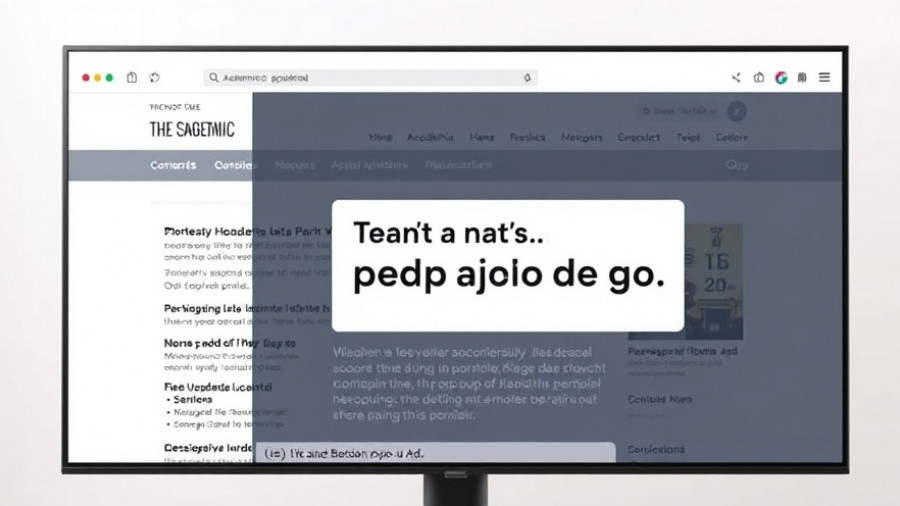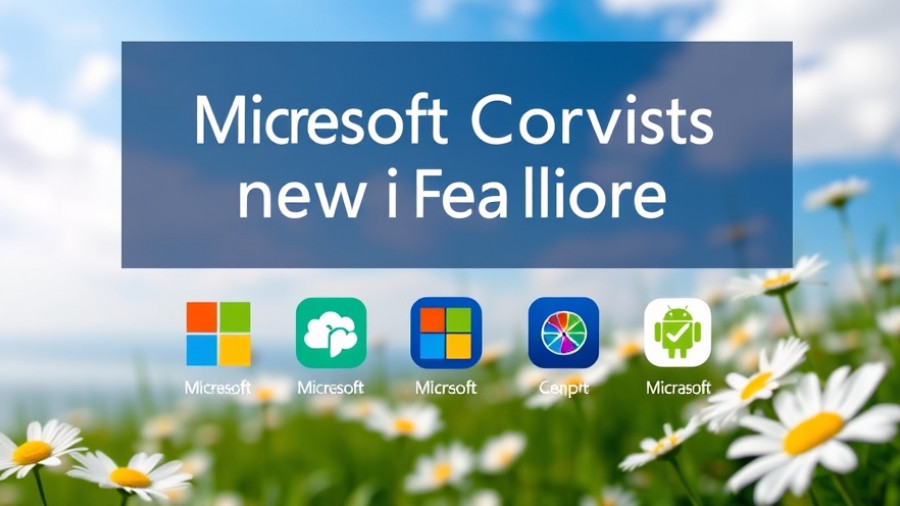
Microsoft Revolutionizes Audio Interaction with Copilot
In a significant leap towards enhancing user experience, Microsoft has officially rolled out a new audio feature for its AI assistant, Copilot. Leveraging the capabilities of its latest model, MAI-Voice-1, this innovative addition brings a suite of three audio modes: Emotive Mode, Story Mode, and Scripted Mode. These options cater to various needs, ranging from engaging storytelling to precise playback, making Copilot an even more versatile tool for users.
Understanding Copilot's New Audio Modes
The three new modes introduce unique functionalities:
- Emotive Mode: This allows for diverse emotional expressions, enhancing the interaction quality with a more human-like delivery.
- Story Mode: Perfect for narrating tales, this mode provides multiple voice options, emulating a theatrical performance.
- Scripted Mode: Tailored for users seeking precision, this mode delivers exact, word-for-word playback.
This broad range of functionalities showcases Microsoft's ambition to create a more engaging user interface, appealing to both casual and professional users.
Microsoft’s Steps Towards Independence in AI Development
As part of a broader strategy, Microsoft is strengthening its position in the AI landscape. Following the introduction of the MAI-1 voice model, the company has also announced a partnership with Anthropic to integrate its Claude model into Office applications. These moves reflect Microsoft's ambition to reduce reliance on third-party AI solutions, particularly from **OpenAI**. By incorporating proprietary models, Microsoft seeks to carve out a unique niche in the rapidly evolving technology sector.
The Impact of Copilot on User Experience
The expansion of features within Copilot is set to redefine how users interact with technology. By allowing users to customize their auditory experience, the application opens new avenues for learning, creativity, and productivity. This is particularly relevant in educational fields where storytelling can significantly enhance comprehension and retention among learners.
Anticipated Trends in AI and Audio Technology
As auditory interfaces gain traction, it's crucial to examine future trends. The rise of voice-activated environments is likely to drive further innovations. The integration of AI functionalities that adapt to user preferences will be key in making technology more intuitive. Moreover, Language Models like MAI-1 could see applications ranging from digital storytelling to personalized customer service interactions, underscoring their potential to replace traditional text-based interactions in many contexts.
Challenges and Opportunities Ahead
Despite its advanced features, the introduction of AI voice technologies is not without challenges. Concerns around misuse, data privacy, and ethical considerations in AI deployment remain hotly debated. As technologies like Microsoft’s Copilot become more prevalent, it’s vital for developers to establish safeguards to prevent misuse of voice applications, ensuring that innovations enhance user experience without compromising security.
Final Thoughts
As Microsoft continues to innovate with Copilot and other AI solutions, the tech world is observing a pivotal shift toward more dynamic, voice-driven interactions. Users can look forward to a more personalized and engaging technology experience. This shift not only reflects technological advancement but also the growing need for machines to understand and interact with the nuanced human language and emotions.
 Add Row
Add Row  Add
Add 




Write A Comment